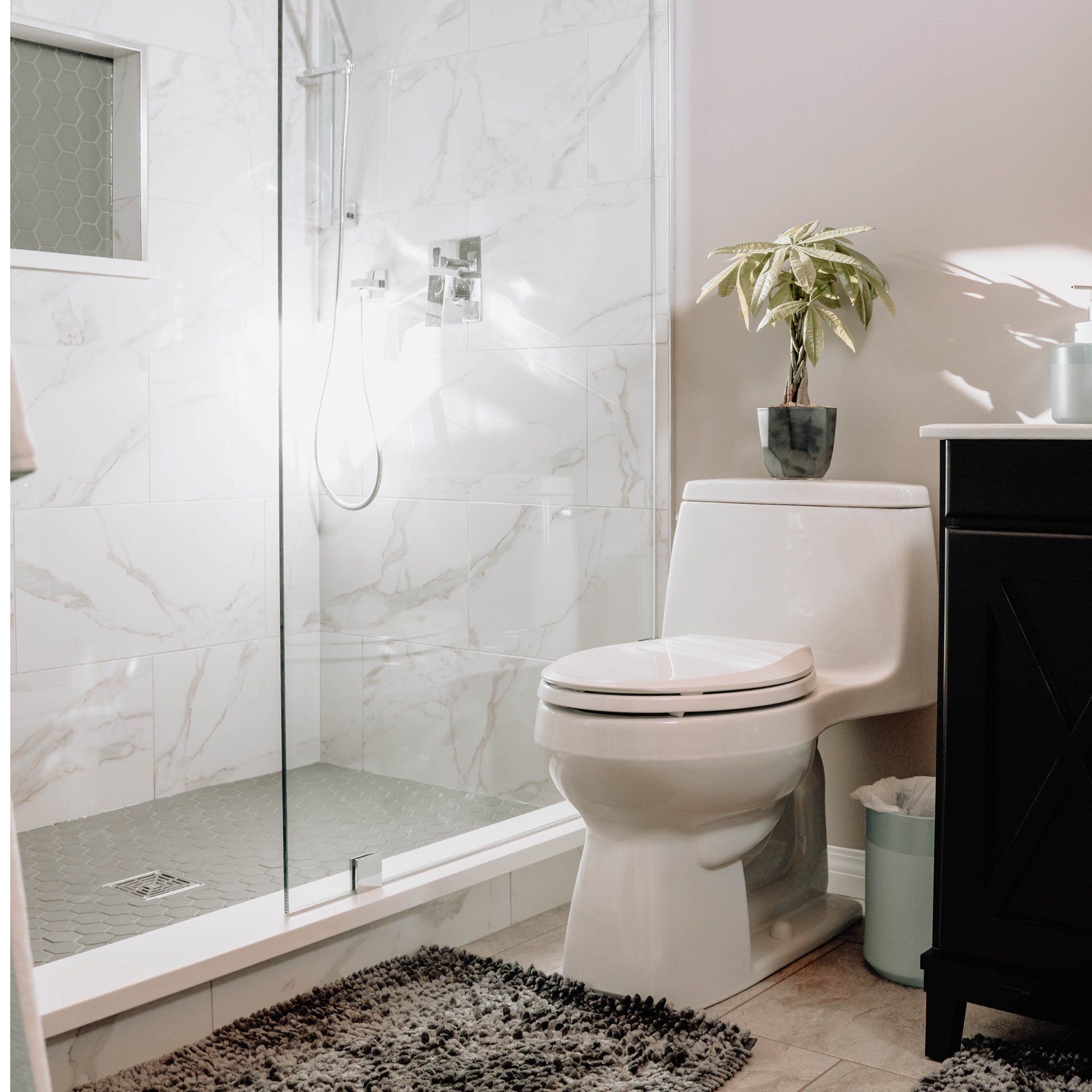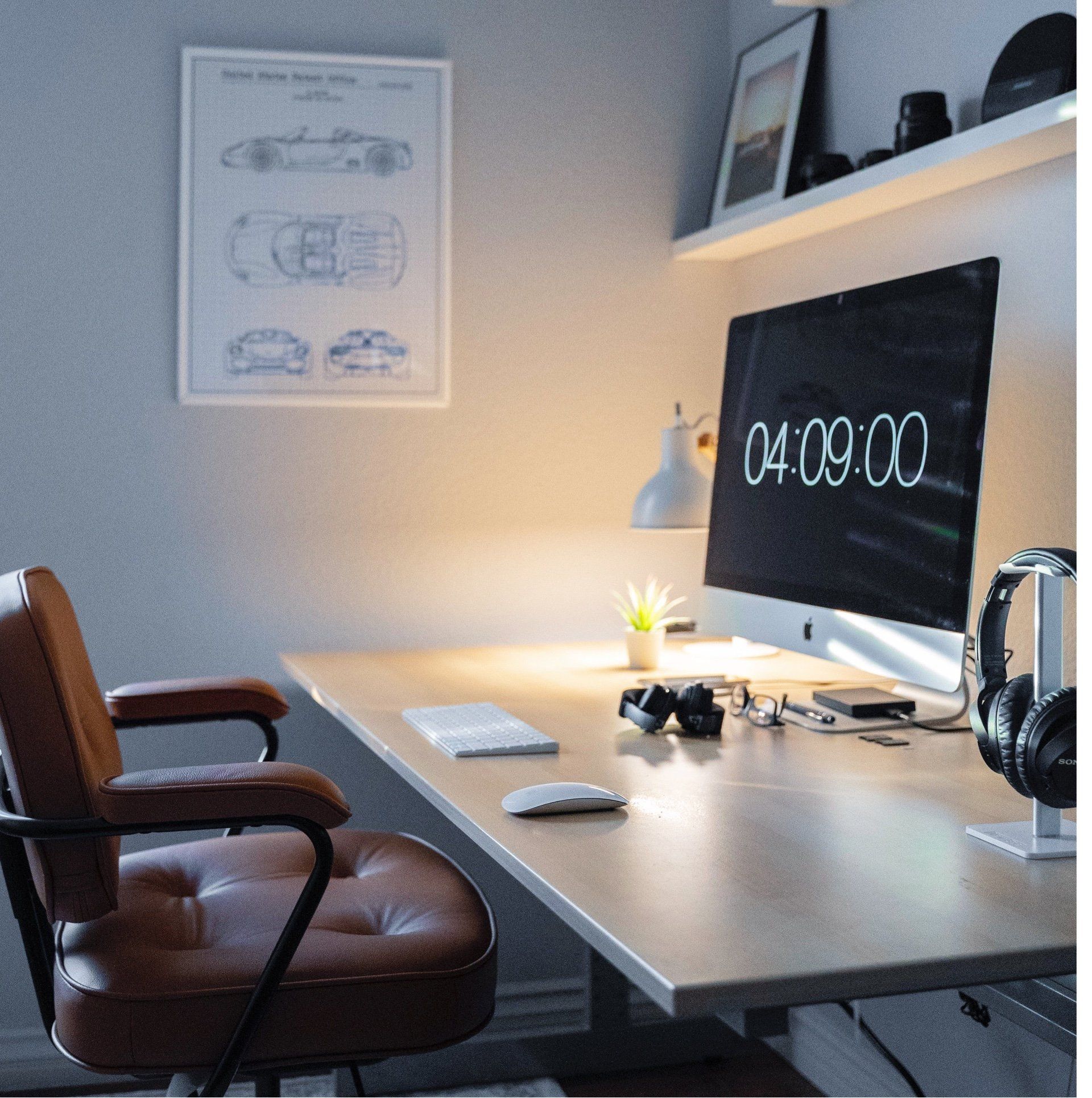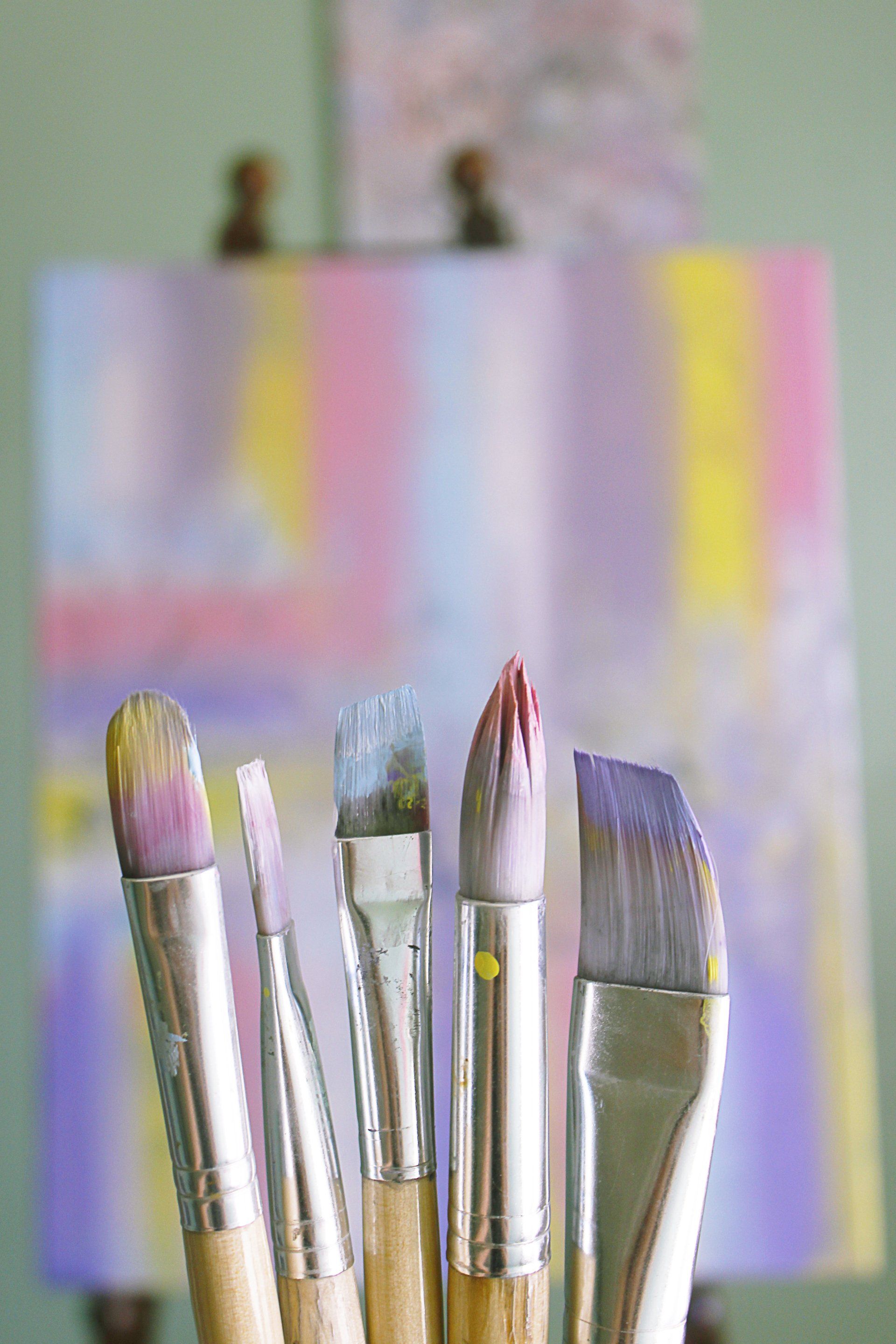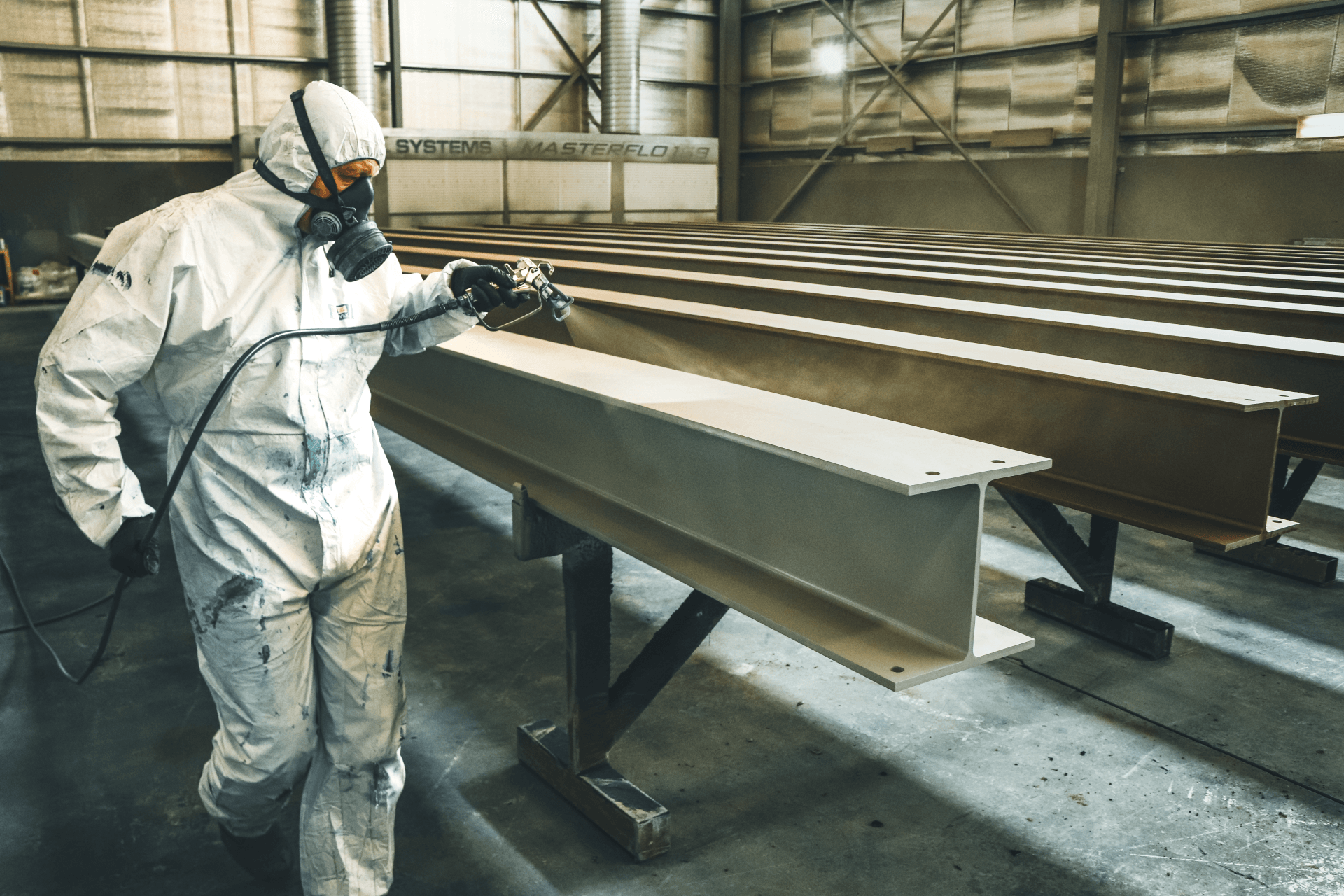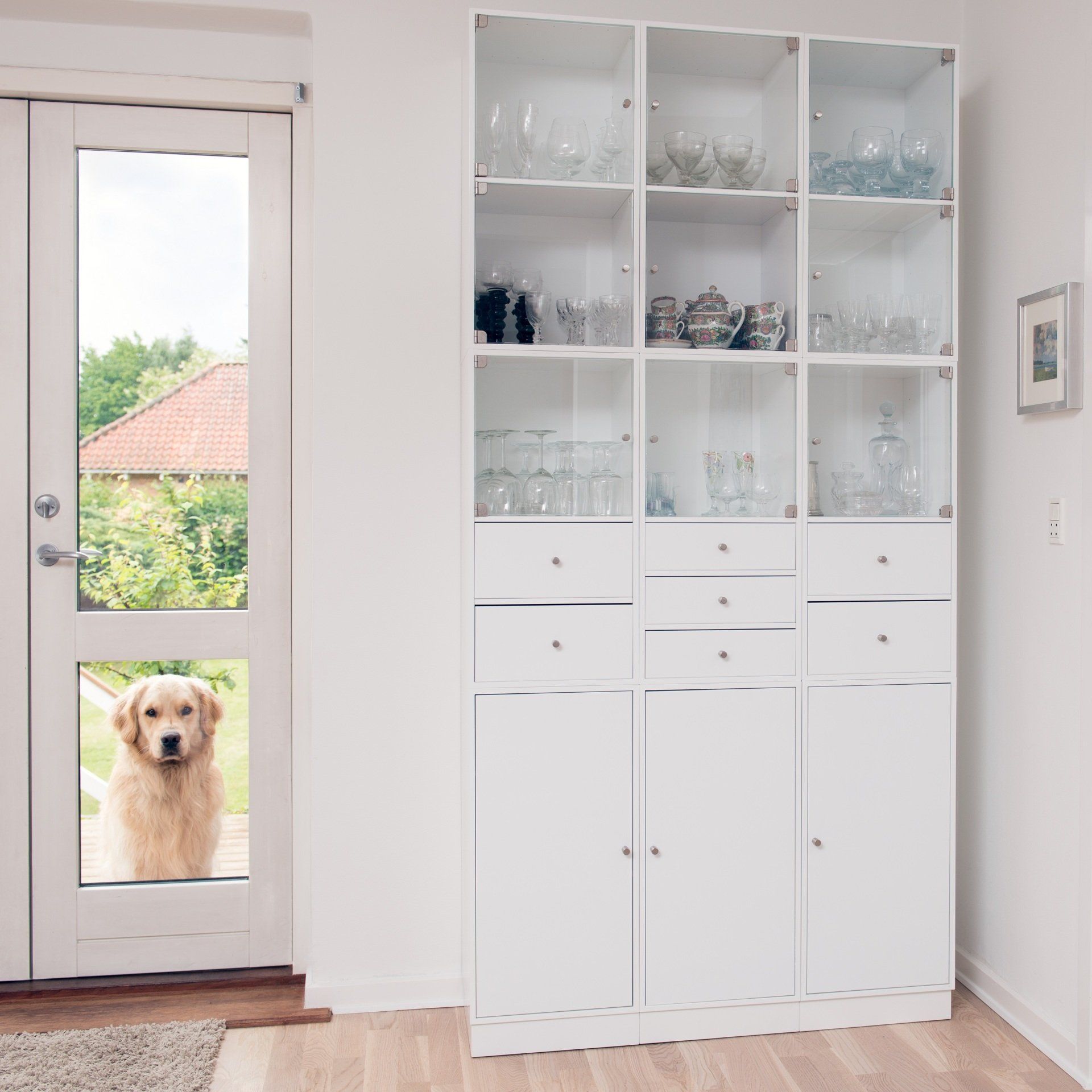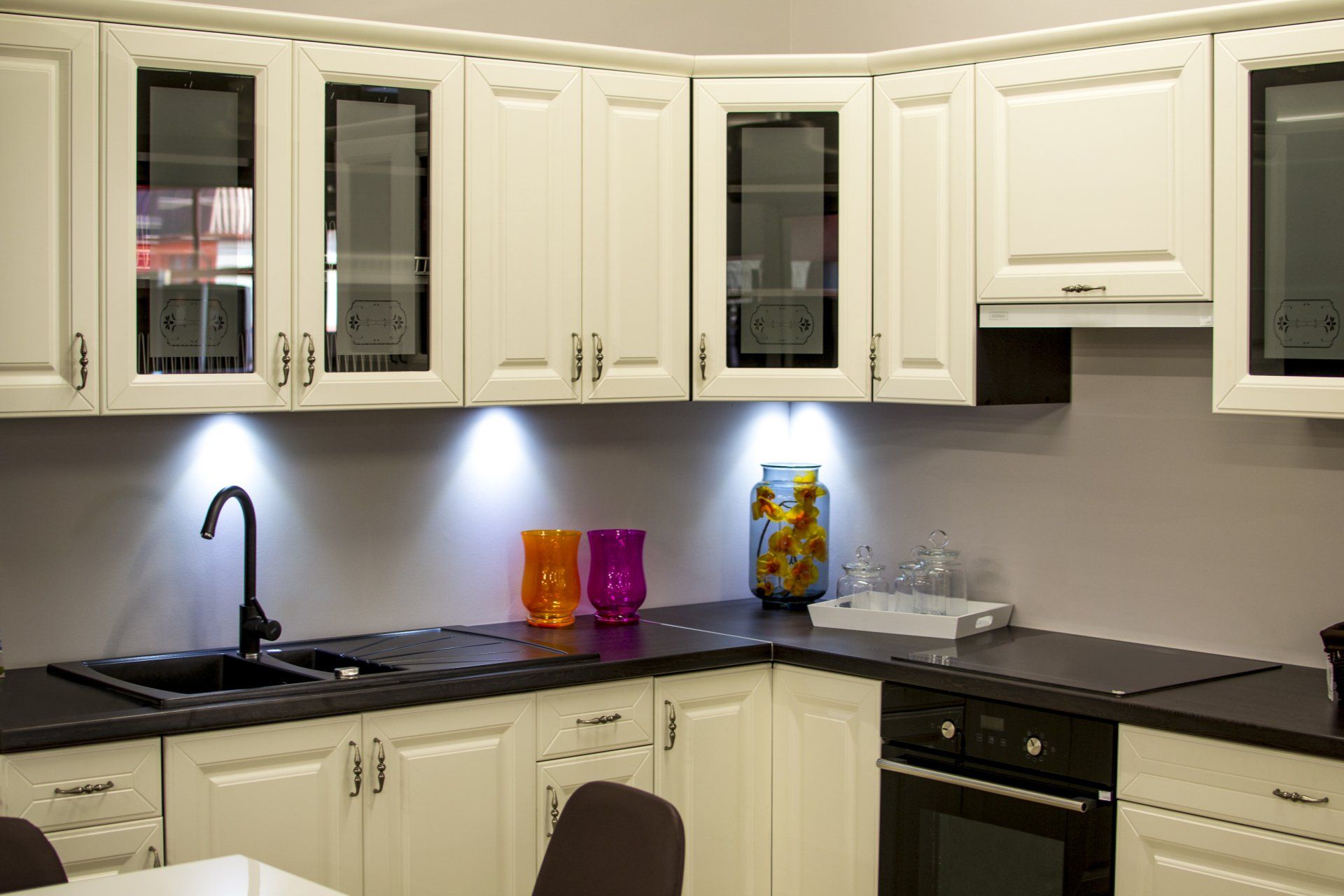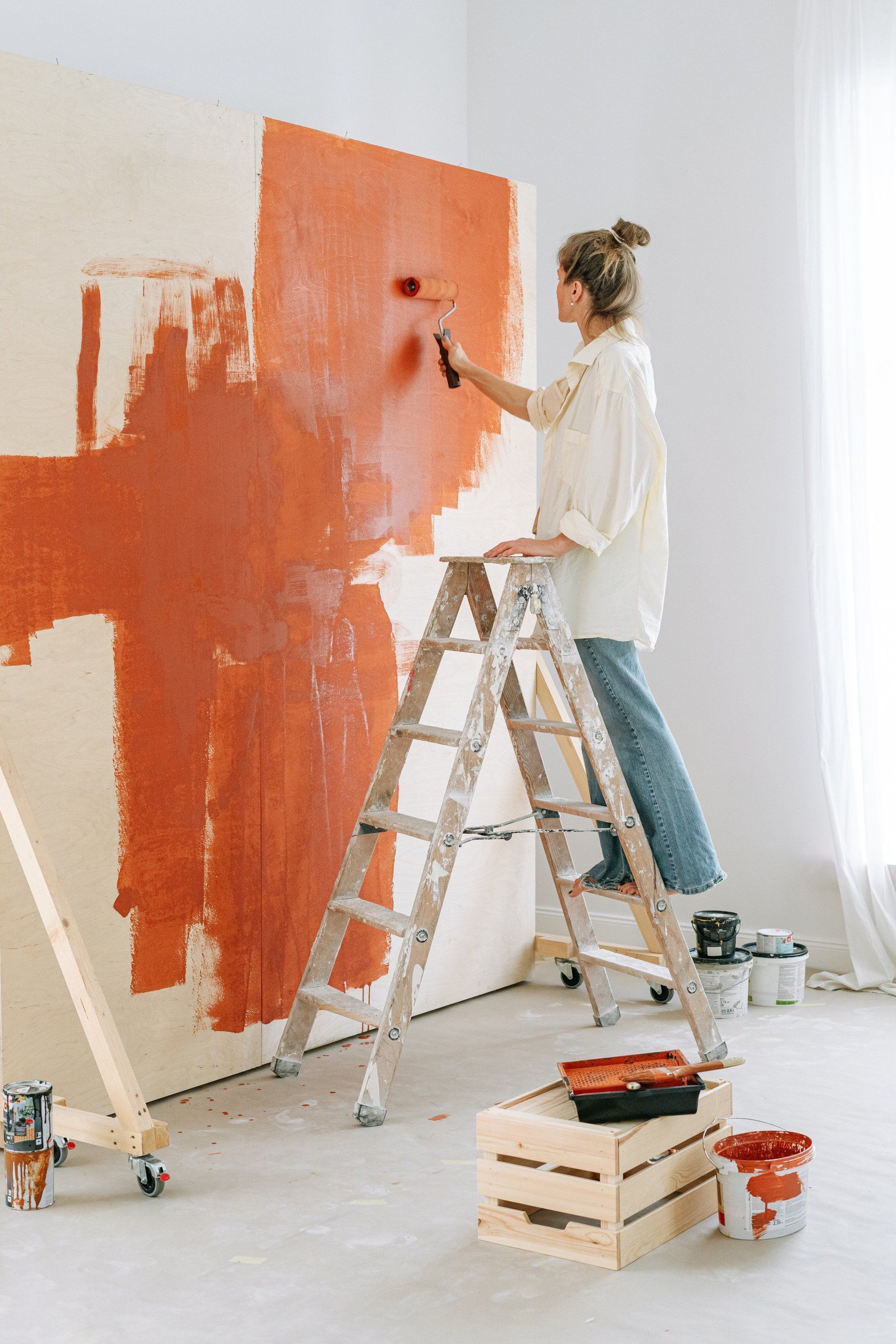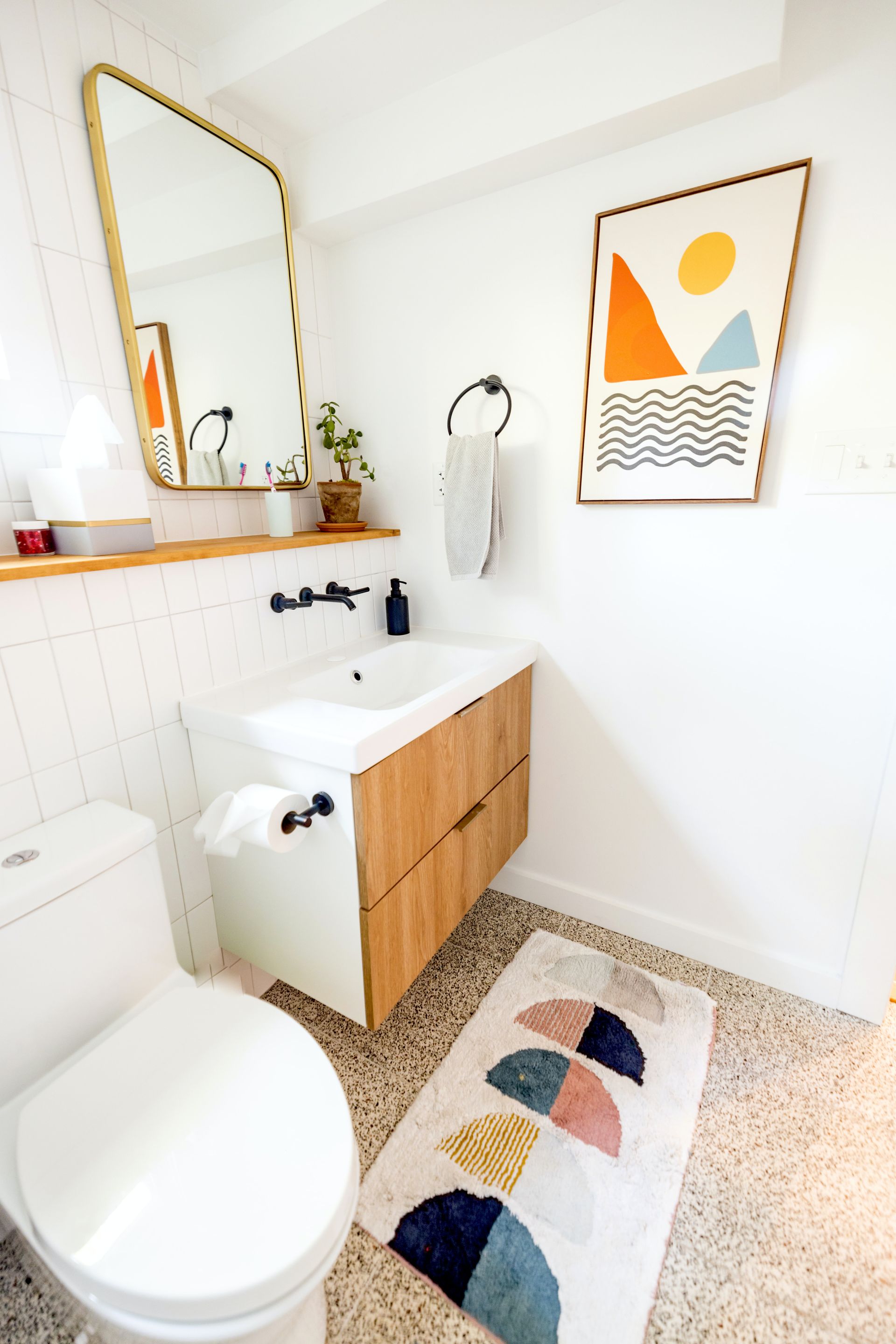Transform Your Bathroom: A Step-by-Step Painting Guide
Elevate Your Space: Master Bathroom Painting with Essential Tips & Tricks
The bathroom, often the smallest room in your home, holds significant potential for transformation. A fresh coat of paint can revitalize this space, turning it into a serene retreat or a vibrant sanctuary. With the right approach, you can undertake this project confidently. This comprehensive guide provides step-by-step instructions, ensuring that your bathroom painting project, whether in Philadelphia or elsewhere, is a resounding success.
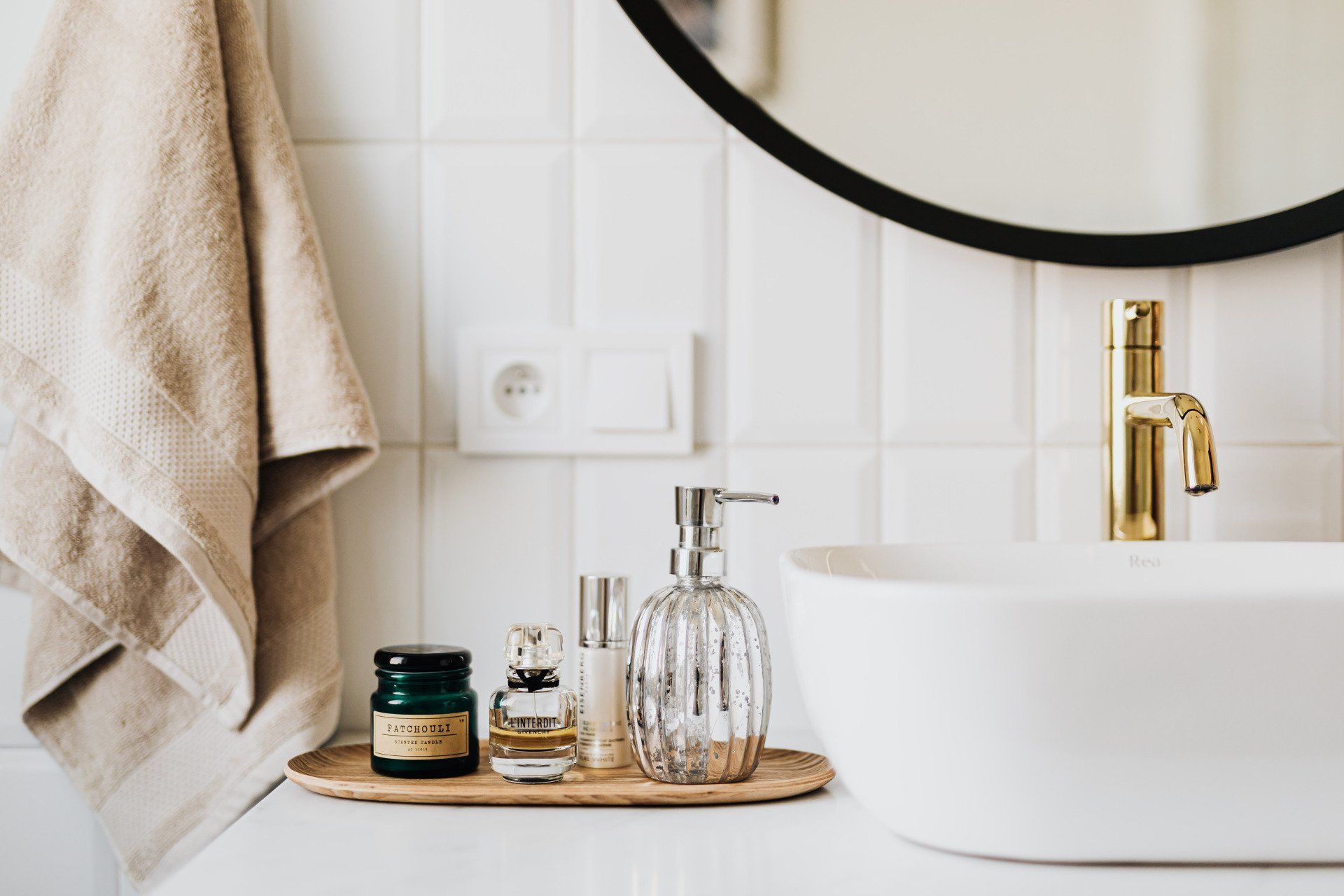
Planning: Choosing the Right Paint and Color
Bathroom Paint Colors & Bathroom Colors
- Assess the Space: Consider the size and lighting of your bathroom. Lighter colors can make small spaces appear larger.
- Color Choices: Popular bathroom paint colors range from calming blues to rejuvenating greens. Neutral tones offer timeless elegance.
Best Paint for Bathroom Ceiling & Good Paint for Bathroom Ceiling
- Quality Matters: Look for specialized bathroom ceiling paint that resists moisture and mold.
- Finish: A semi-gloss or satin finish is often recommended for bathroom ceilings due to its durability and ease of cleaning.
Preparation: The Key to Professional-Looking Results
House Painting Preparation
- Clean Surfaces: Ensure walls and ceilings are clean, dry, and free of mildew.
- Repair Damages: Fill any holes or cracks with spackle and sand them smooth.
- Protect Fixtures: Use painter's tape to cover fixtures and edges.
Paint Contractor Tips
- Tools and Materials: Gather rollers, brushes, paint trays, and drop cloths.
- Safety First: Ensure good ventilation and wear protective gear if necessary.
Painting Process: Techniques for a Flawless Finish
Painting Services Style Techniques
- Cutting In: Use a brush to paint edges and corners where rollers can't reach.
- Roller Technique: Use a roller for even coverage on larger surfaces. Move in a W-pattern for uniform application.
Bathroom Ceiling Paint Application
- Start at the Top: Begin with the ceiling before moving to the walls.
- Overlap Strokes: To avoid streaks, overlap each stroke slightly with the previous one.
Paint Philadelphia Methodology
- Layering: Apply multiple thin layers rather than one thick layer for the best result.
- Drying Time: Allow adequate drying time between coats, as recommended by the paint manufacturer.
Finishing Touches: Details That Make a Difference
Inspect Your Work: Look for any missed spots or drips and touch them up.
Clean Up: Remove tapes and coverings carefully and clean your tools.
Maintenance: Ensuring Long-Lasting Beauty
Regular Cleaning: Gentle cleaning can maintain the appearance of your bathroom paint.
Address Moisture: Use exhaust fans to reduce humidity and prevent paint deterioration.
Comprehensive Guide: Bringing New Life to Your Bathroom with Paint
Transforming your bathroom through a painting project is not just about applying a new color; it's about rejuvenating one of the most intimate spaces in your home. Whether you're in Philadelphia or elsewhere, the right approach can turn a mundane task into an exciting home improvement adventure.
Understanding the Importance of Specific Bathroom Conditions
Moisture and Humidity Resilience
- Selecting the Right Formula: Bathrooms are high-moisture environments. Opt for moisture-resistant paints to prevent peeling and mold growth.
Lighting and Its Impact on Paint Colors
Color Perception: The type of lighting (natural or artificial) in your bathroom can significantly affect how paint colors appear. Test paint samples under the bathroom's lighting to ensure the color works in the actual environment.
Advanced Painting Techniques for Professional Results
Roller and Brush Skills
- Roller Techniques: For an even coat, maintain a consistent pressure and reload the roller frequently.
- Brush Skills: For cutting in, use a high-quality angled brush for sharper lines and easier maneuvering around tight spaces.
Layering and Texturing
Textural Effects: Certain techniques, like sponging or rag rolling, can add texture and depth to your bathroom walls.
Color Schemes and Trends
Trending Bathroom Paint Colors
- Current Trends: Stay informed about the latest trends in bathroom colors. Contemporary choices might include soothing earth tones or vibrant hues, depending on your personal style.
Health and Safety: Painting with Care
Ventilation and Safe Practices
Adequate Ventilation: Always ensure proper airflow to avoid inhaling fumes. Open windows and use fans.
Safe Application: Wear gloves and masks, especially when sanding surfaces or working with primer.
The Role of Professional Painting Services
When to Consider a Paint Contractor
Complex Projects:
For intricate designs or if the bathroom requires significant pre-painting repairs, hiring
professional painters might be a wise decision.
Painters Philadelphia Example: In cities like Philadelphia, professional painting services can provide insights into regional trends and the best products for local conditions.
Final Review and Upkeep
Quality Check and Ongoing Maintenance
Inspection:
After the paint has dried, inspect the bathroom in different lighting conditions to ensure quality.
Maintenance Tips: Regularly wipe down painted surfaces with a damp cloth to keep them looking fresh. Avoid harsh chemicals that can damage the paint.
Wrapping Up
In conclusion, painting your bathroom is more than a weekend project; it's an opportunity to creatively enhance your living space. Whether you're aiming for a tranquil sanctuary or a vibrant washroom, the right paint job can make all the difference. Keep in mind the unique challenges of bathroom painting, from choosing the right type of paint to applying it skillfully for enduring beauty. Remember, whether you opt for a DIY approach or seek professional painting services, the journey to a beautifully painted bathroom is well worth the effort.

